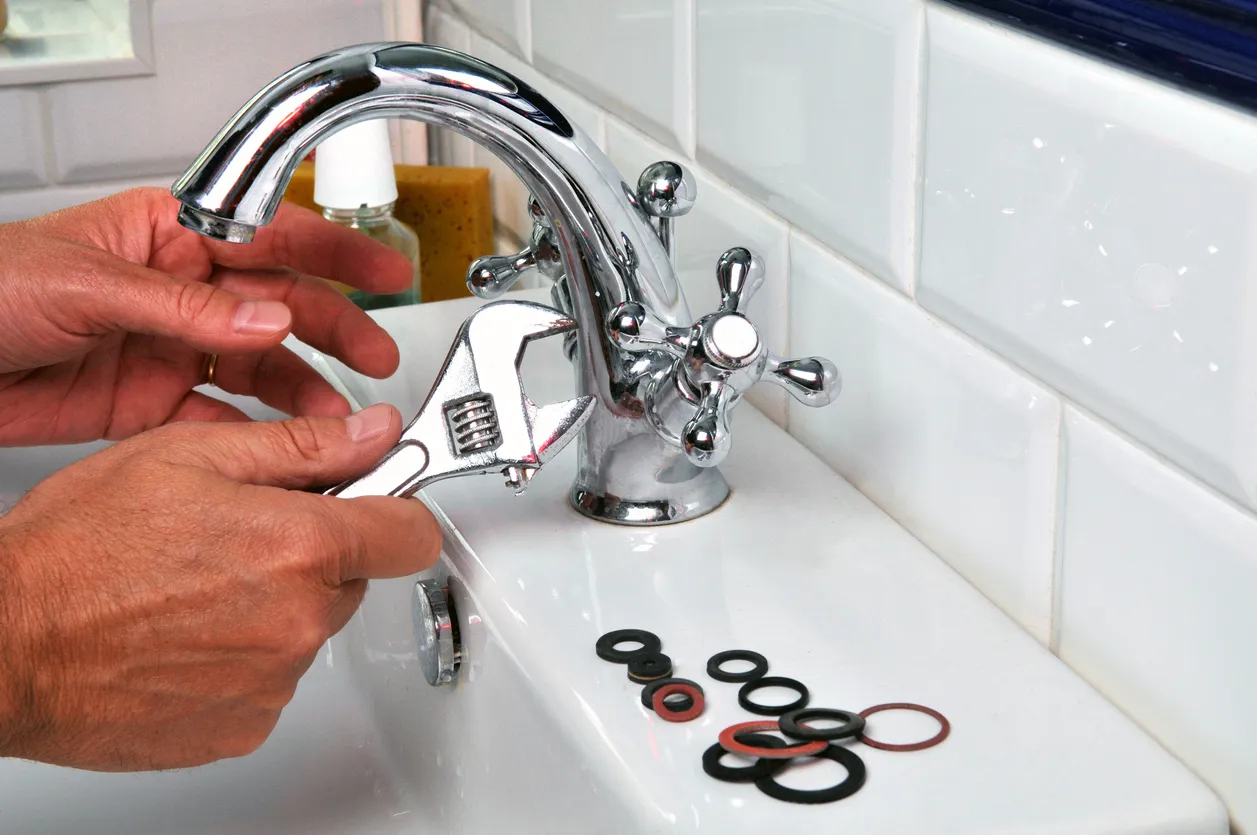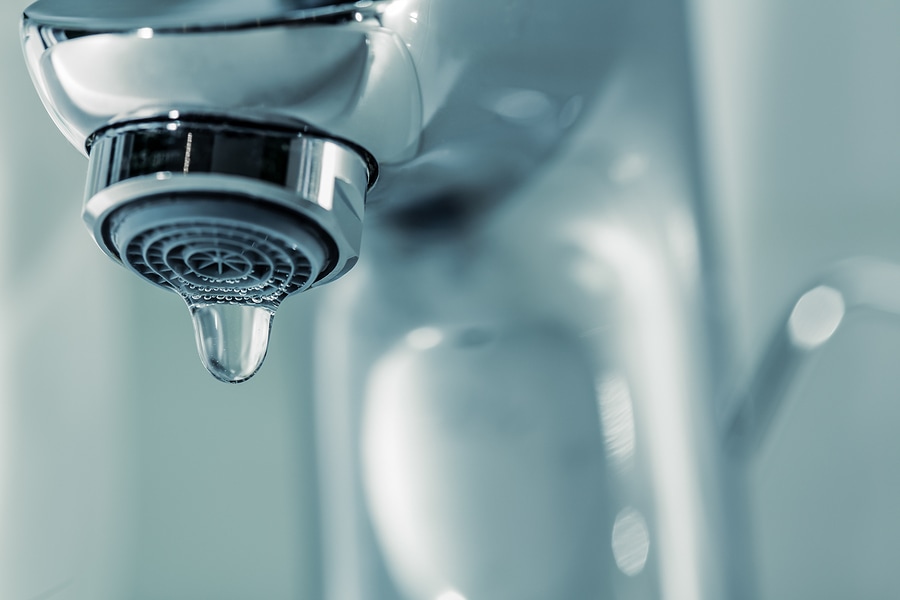My Motives Behind Dealing with a Broken Faucet
Customer ReviewsWhat are your beliefs about Leaky Faucets: Why They Happen & What to Do About Them?

Leaking faucets might appear like a minor trouble, but their influence exceeds simply the inconvenience of the noise. From wasting water to sustaining unneeded monetary prices and health and wellness dangers, neglecting a trickling tap can bring about different consequences. In this article, we'll explore why it's essential to resolve this common household issue without delay and effectively.
Wastage of Water
Environmental Influence
Trickling faucets contribute substantially to water wastefulness. According to the Environmental Protection Agency (EPA), a solitary faucet trickling at one drip per secondly can lose greater than 3,000 gallons of water annually. This not only strains water sources but additionally affects environments and wild animals based on them.
Step-by-Step Overview to Fixing a Dripping Faucet
Devices Needed
Prior to trying to fix a trickling faucet, collect the required devices, including a flexible wrench, screwdrivers, substitute parts (such as washers or cartridges), and plumber's tape.
Common Tap Issues and Their Solutions
Determine the sort of faucet and the particular problem triggering the drip. Usual problems include damaged washing machines, corroded shutoff seats, or faulty O-rings. Refer to maker instructions or online tutorials for detailed support on fixings.
Financial Prices
Increased Water Costs
Beyond the ecological effect, dripping faucets can inflate water bills significantly. The built up wastefulness gradually converts into greater energy costs, which might have been stayed clear of with prompt fixings.
Possible Home Damages
Moreover, long term dripping can result in damage to components and surface areas surrounding the tap. Water buildup can cause staining, corrosion, and even architectural concerns if left ignored, leading to extra fixing costs.
Health Issues
Mold And Mildew and Mildew Growth
The continuous existence of wetness from a dripping faucet creates a perfect setting for mold and mildew and mildew growth. These fungis not only compromise indoor air high quality but also posture health and wellness threats, especially for people with respiratory problems or allergies.
Waterborne Conditions
Stationary water in trickling taps can come to be a breeding place for bacteria and various other microorganisms, raising the risk of waterborne illness. Pollutants such as Legionella bacteria flourish in stagnant water, potentially resulting in significant health problems when consumed or inhaled.
DIY vs. Expert Repair service
Advantages and disadvantages of DIY Repair Work
While some might try to deal with a dripping faucet themselves, do it yourself repairs come with their very own set of challenges. Without appropriate understanding and tools, DIY attempts can intensify the problem or lead to incomplete repair work, lengthening the issue.
Benefits of Working With an Expert Plumber
Hiring an expert plumber makes certain that the underlying cause of the dripping faucet is dealt with efficiently. Plumbers have the competence and equipment to identify and fix tap problems efficiently, conserving time and decreasing the risk of further damage.
Environmental Obligation
Private Contribution to Preservation
Taking duty for fixing dripping taps straightens with more comprehensive initiatives toward water conservation and ecological sustainability. Every individual's actions jointly make a significant influence on maintaining precious sources.
Sustainable Living Practices
By focusing on prompt fixings and adopting water-saving routines, people contribute to lasting living practices that profit both present and future generations.
Safety nets
Normal Upkeep Tips
To stop trickling taps, carry out regular upkeep such as cleaning aerators, inspecting for leakages, and changing damaged components immediately. Furthermore, take into consideration installing water-saving devices or upgrading to much more efficient components.
Importance of Prompt Repair Works
Addressing trickling taps as soon as they're discovered avoids further water waste and potential damages, ultimately conserving both water and cash in the future.
Influence On Home Value
Understanding of Well-Maintained Property
Keeping a residential property in good condition, consisting of attending to maintenance problems like trickling faucets, enhances its viewed value and worth amongst prospective purchasers or occupants.
Influence on Resale Value
Residences with well-kept plumbing fixtures, including faucets, command greater resale worths in the property market. Attending to leaking faucets can add to a favorable impression during home evaluations and negotiations.
Verdict
Resolving a trickling tap exceeds simple ease; it's a crucial action towards saving water, decreasing financial prices, and securing health and wellness and residential or commercial property. Whether through do it yourself repair work or professional help, taking action to repair dripping taps is a small yet impactful method to advertise accountable stewardship of sources and contribute to a much healthier, much more lasting future.
How to Fix a Leaky Faucet: Step-by-Step Repair Guide
A leaky faucet may seem like a simple annoyance, but if it's not fixed promptly, that leak could cost hundreds to potentially thousands. From water damage to mold, mildew, and high water bills, even a tiny leak can be catastrophic if left unattended. Damage like this can even affect the overall value of your home, so it's important to take the right approach for leaky faucet repair. You may need the help of a plumber in some cases, but we've got a few tips you can try on how to fix a leaky faucet before calling the pros.
Four Faucet Types
When you're learning how to fix a leaky faucet, the first step is knowing what kind of faucet you're working with! There are four common types.
Cartridge Faucets
Cartridge faucets come in one- or two-handled varieties. In one-handled cartridge faucets, hot and cold water combines in a single cartridge. In the two-handled versions, hot and cold water are controlled separately and mixed in the faucet.
Ball Faucets
Ball faucets have a single lever you push up and down to adjust the pressure and rotate to change the temperature. A slotted metal ball controls the amount of water allowed into the spout.
Compression Washer Faucets
They're the oldest type of faucet, but they're still used in many homes — especially older ones. Compression faucets have two separate handles that, when turned, raise or lower the washer that seals a water valve. This valve stops water from flowing through the faucet when it is turned off.
Disc Faucets
Disc faucets rarely need to be repaired due to their maintenance-free design. The water flow is controlled by two discs — the upper one raises and lowers against a fixed lower disc, creating a watertight seal. If your disc faucet starts leaking, you may need to replace the seals or clean residue buildup from the inlets.
Fixing a Leaky Faucet
Step 1: Turn Off the Water
Whether you're learning how to fix a leaky bathtub faucet or how to fix a leaky kitchen faucet, always turn off the water supply to your working area when you're fixing a leak. The last thing you want is a flood added to your list of things to fix.
Look for the shutoff valves below your sink or around the tub and turn them clockwise to stop the water flow. If your faucet doesn't have shutoff valves, you may need to turn off the water for the whole house. Check to make sure it's off by turning the faucet on. If nothing comes out, you're ready to start the repair.
Step 2: Take Apart the Faucet
How you disassemble your faucet depends on the type of fixture you have. You can use a flathead screwdriver to remove the caps on top of the handle or handles for cartridge and compression faucets. Inside, you should see handle screws. Unscrew these with a screwdriver to remove the handle.
Disc- and ball-style faucets will typically have an inlet screw near the handle, and removing that will reveal the interior of the faucet.
Detach the Valve Stem
For cartridge- and compression-style faucets, you'll see the inner valve stem or cartridge once you remove the faucet handles. If you have a compression faucet, unscrew the brass valve stem. If you have a cartridge faucet, pull out the cartridge. If your cartridge has been in place for a while, it may require some tools or extra force to remove it due to mineral deposits.
Examine and Replace Parts
Once you've removed the parts, check them out to confirm what needs to be replaced. You may see corroded rubber washers, O-rings, stems, or cartridges. On a ball-style faucet, check the seats and springs for damage.
If you need to repair a leaky disc faucet, check the inlet and seals on the lower disc.
Once you determine what parts must be replaced, visit your local hardware store. Bring the damaged parts with you to ensure you can purchase the correct components to replace them.
Clean Valves and Faucet Cavity
If you've removed a stem or cartridge, you may notice mineral buildup in the faucet's threads. Use white vinegar to clean the valve seat by soaking it for a few minutes, then scrub it away with a soft toothbrush and rinse with warm water. You can also clean the interior of the faucet in the same way.
Reassemble the Faucet
Once your faucet is cleaned and the required parts have been replaced, it's time to reassemble it. Put the pieces back together and slowly turn the water supply back on. Doing this slowly is crucial because too much initial water pressure can damage the new hardware you've just installed.
https://homewarranty.firstam.com/blog/how-to-fix-leaky-faucet

We are very focused on Water Dripping from Faucet: Why and How to Fix and I'm hoping you liked the entire blog posting. Sharing is good. Helping others is fun. We cherish reading our article about Leaky Faucets: Why They Happen & What to Do About Them.